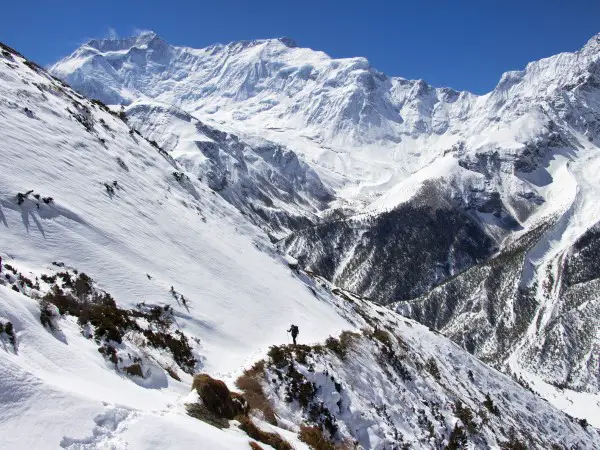
Annapurna Circuit trek is probably the most famous trek in the world. Some even claim it’s also the most beautiful. But what exactly should you expect? How difficult is it? Do you need to hire a guide or can you go without? What are the pros and cons of this undoubtedly stunning but also commercial route? This blog post helps to answer some of the most popular questions about the Annapurna Circuit experience. Let’s get started!
IMPORTANT UPDATE: On 9 March 2023, the Nepal Tourism Board (NTB) announced that foreigners, whether solo or in a group, will no longer be allowed to trek in Nepal without a guide. From April 1, all hikers must be accompanied by a licensed guide. Read about the new rule here: BAN ON TREKKING IN NEPAL WITHOUT THE GUIDE – HAS THE RULE COME INTO FORCE? – UPDATE FROM THE TRAILS
What's in this blog post?
1. Is the Annapurna Circuit trek difficult?
1.1. High altitude makes it harder
It’s not easy. Actually, due to the high altitude it’s one of the more difficult treks in the Himalayas. Climbing up to 5,000 m requires good acclimatisation. It’s not possible to predict how your body will react at higher altitudes, which makes planning your first trek in Nepal a bit more complicated.
Regardless of the altitude sickness risk, your body will get tired much faster, which is why this trek should be considered as difficult. Higher altitude means less comfortable living conditions and cold as well.
On the brighter side, the Annapurna Circuit trails are not technically demanding. They are well maintained and wide. There are no chains hanging from the side of a cliff, no steep and narrow stairs and no dangerous wildlife.
To read more about the altitude sickness risk during the Annapurna Circuit trek and learn how to prevent it, go to “DANGER WHILE TREKKING IN NEPAL AND HOW TO AVOID THEM”.
1.2. How to prepare for the Annapurna trek?
The average daily walking time is 6 hours but it depends greatly on how fit you are. You should train your body before the trek. If you think you are not fit enough, you never walked in the mountains, never exercised and sit most of the day, you could consider a less physically demanding trek first. However, if you train before, run or walk up the stairs to improve your stamina, you should be all right. 🙂 If you are still unsure, if you are fit enough, hire a porter. Hiking without a heavy backpack is much easier.
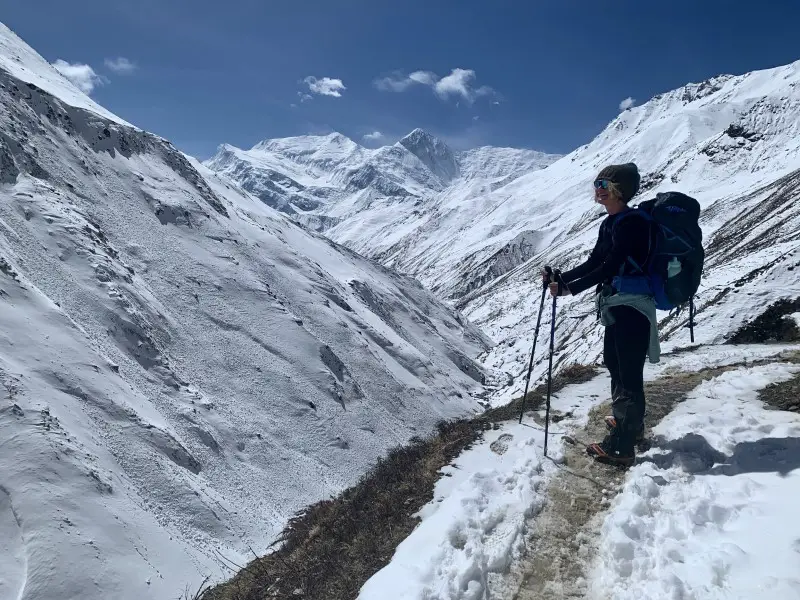
Packing for a trek is very important of the preparation and should be planned carefully. That’s why I came up with a separate blog post. To learn about the packing tips and the essential packing list go to WHAT TO PACK FOR A TREK IN NEPAL?
1.3. The highest point of the Annapurna Circuit trek
Thorong La Pass (5,416 m), which is the highest point on the Annapurna Circuit trek, should be approached from east to west (from Manang to Muktinath) due to the easier acclimatization. The good news is that you only stay 3 days above 4,000 m during the entire Annapurna Circuit trek, much less time than on the Everest Base Camp trek.
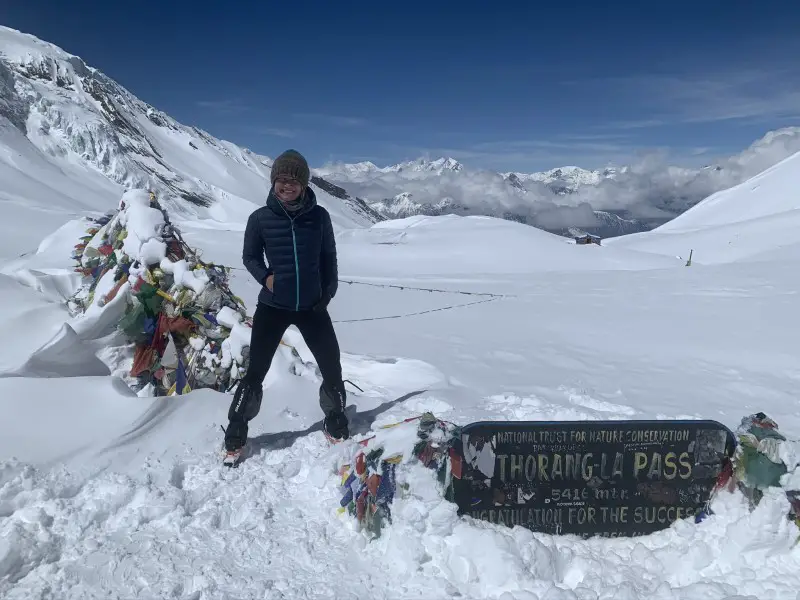
Go to “EVEREST BASE CAMP OR ANNAPURNA CIRCUIT – WHICH TREK TO CHOOSE?” for the detailed comparison of these two most famous treks in Nepal.
2. Annapurna Circuit difficulty level: my experience
During my trek I’ve noticed that for some people, Annapurna Circuit experience is easier than what they expected, whereas for others, it’s the hardest thing in their life. I met trekkers who walked much faster than me. They covered longer distances in a shorter period of time and still enjoyed playing cards after the dinner. I walked slowly, especially at higher altitudes, as the thin air made me feel tired quite quickly. I usually went straight to bed after dinner at 8 pm, incapable of any social interactions. All I needed was a good rest.
I’ve also met people walking slower than me and struggling already at the beginning of the trek. Some were already exhausted before reaching 2,000 m, which wasn’t a good sign.
It was interesting to observe couples, who came to Nepal for the first time and had never hiked at high altitude for multiple days before. One person would usually enjoy the trek, while the other would struggle and probably do it for the partner. I met a girl terrified of heights, who was already panicking at the very first days of the Annapurna Circuit trek. From what I’ve noticed, such couples would usually not complete the trek.
If both people want to enjoy the mountains, finding a compromise might be a better solution. If you are in a relationship and really want to trek in Nepal, however your partner is less ready and prepared for it, choose an easier, shorter and less physically demanding route. You might go for the Mardi Himal trek or the Annapurna Base Camp trek. Both are fantastic. You will fall in love with the Himalayas no matter which trek you choose. So why not take it easy first?
3. Do you need a guide for the Annapurna Circuit trek?
3.1. Annapurna Circuit experience without a guide
I did the Annapurna Circuit trek solo and I really don’t think you need a guide. What’s more, trekking solo in Nepal is not difficult at all. Hiring a local guide for the trek makes sense only under certain circumstances.
Firstly, when the trail is not marked and maintained well, or when it is dangerous. Annapurna Circuit trek is a very popular route and in good weather conditions very safe to walk. Provided it has not snowed heavily at night, all you need to do is have a bit of common sense and a map. However, if you happen to be the first person to walk on fresh snow or after a landslide, the usually highly visible path may just disappear from sight. In that case, you should be more careful. An offline navigation app installed on your phone – Maps.me– can prove very useful.
Go to “DANGERS WHILE TREKKING AND HOW TO AVOID THEM“ to read more on the risk of getting lost.
Yaks and goats, crossing often your path, are definitely not dangerous. At their encounter, you should let them go first and wait on the safe side of the trail, not on the edge.
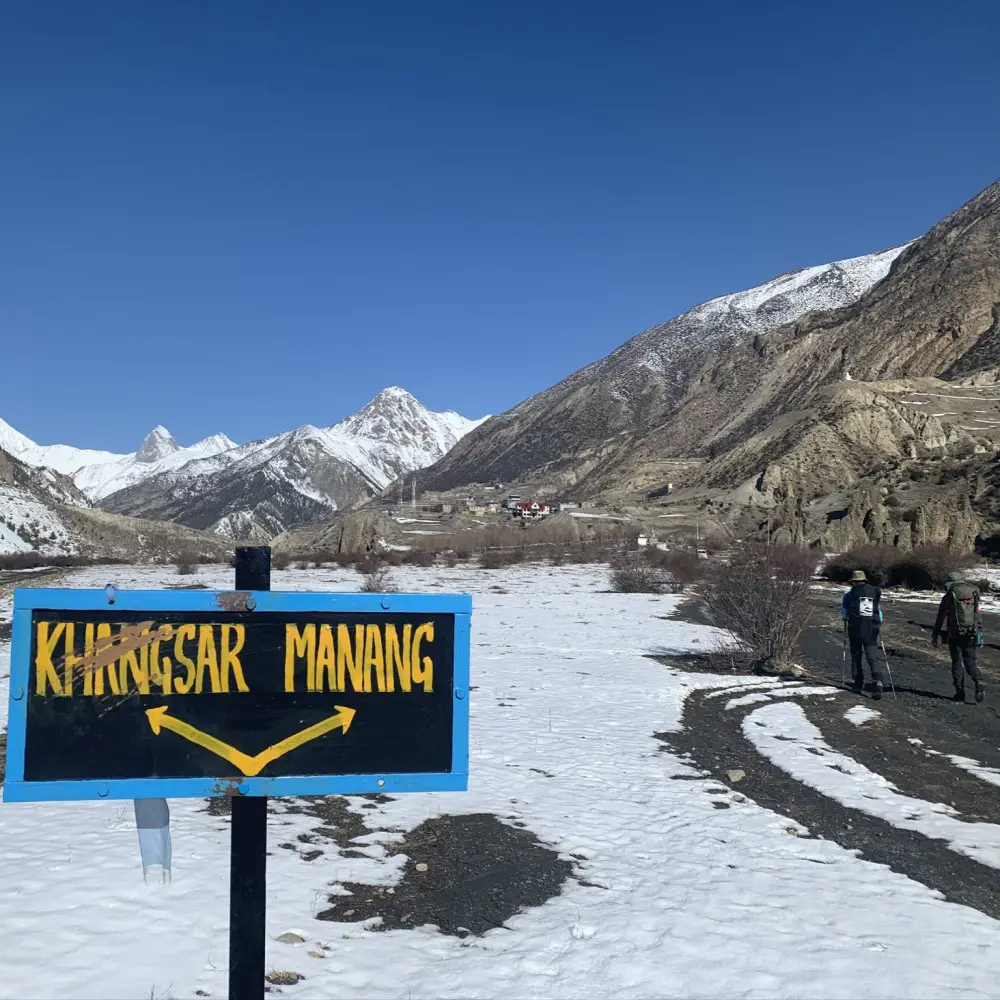
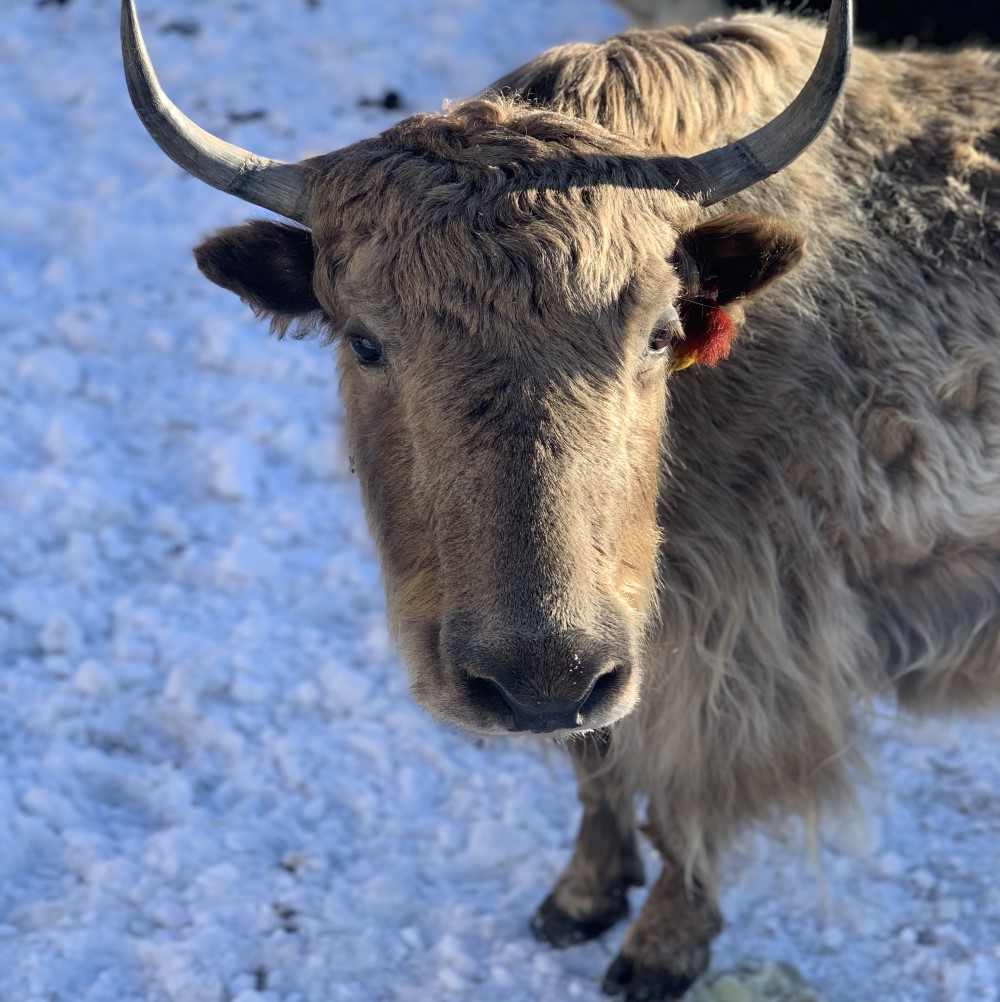
Secondly, hiring a guide is a great way to learn more about local traditions and the Nepali life. It might give you interesting insights of locals’ opinions on Western trekkers and their approach to life. Finding the right guide requires good research and money though. You need someone with knowledge and speaking good English, otherwise you’ll end up disappointed. Meeting your future guide in person before the trek can sometimes be arranged beforehand.
3.2. Hiring a guide for the trek in Nepal: my experience
I hired a guide for my first trek in Nepal to Poon Hill, which I did with my mum a few years ago. I didn’t know what to expect from trekking in the Himalayas and, in addition, I was hiking with my mum. Looking back it wasn’t worth it. English skills of my guide didn’t let us hold more interesting conversations. Not to mention trails were incredibly well marked and safe. We really didn’t need a guide.
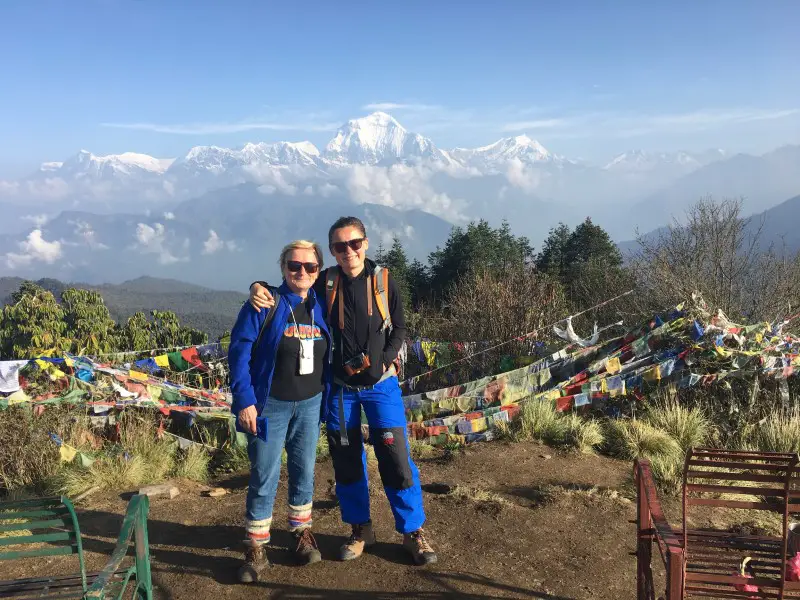
3.3. Hiring a porter
Frankly speaking, if you usually travel independently, hiring a porter rather than a guide may have a greater use for you as the Annapurna Circuit trek is physically demanding. Therefore, it just depends how fit you are and how heavy your backpack is. The average daily cost of a guide is 25 USD, whereas hiring a porter, who usually does not speak any English, costs less – around 15 USD per day.
4. Annapurna Circuit trek experience: what are the pros?
4.1. Diverse scenery
The Annapurna Circuit trek is often considered the most popular and the most beautiful trek not only in the Himalayas but in the entire world. Its scenery is incredibly diverse.
Firstly, you go through green terraced rice fields, subtropical forests and authentic villages. Then, you pass through the land of snow and ice, the desert region of Mustang, the deepest gorge in the world and picturesque apple orchards. You will witness with your own eyes not only the mighty Annapurna Massif, but also two other eight-thousanders – Manaslu (8,163 m) and Dhaulagiri (8,167 m) and many seven-thousanders.
4.2. Extraordinary cultural experience
In addition, the Annapurna Circuit trek is an extraordinary cultural experience. It provides a great opportunity to visit one of the most important pilgrimage destinations for both Hindus and Buddhists – the Muktinath temple complex, historic monasteries as well as numerous interesting gompas. Moreover, you will also have a chance to learn about the real life of many ethnic groups in Nepal: Gurungs, Manangs, Thakali as well as the Tibetan refugees living in remote villages.
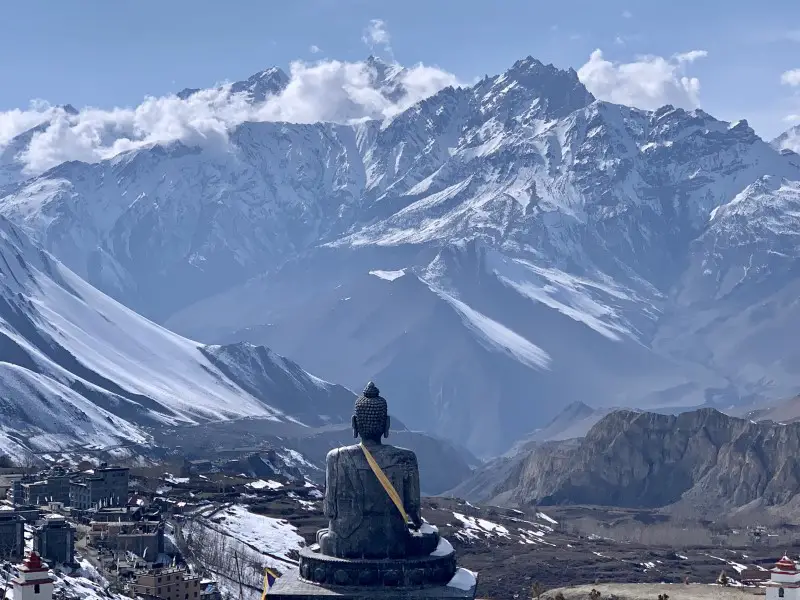
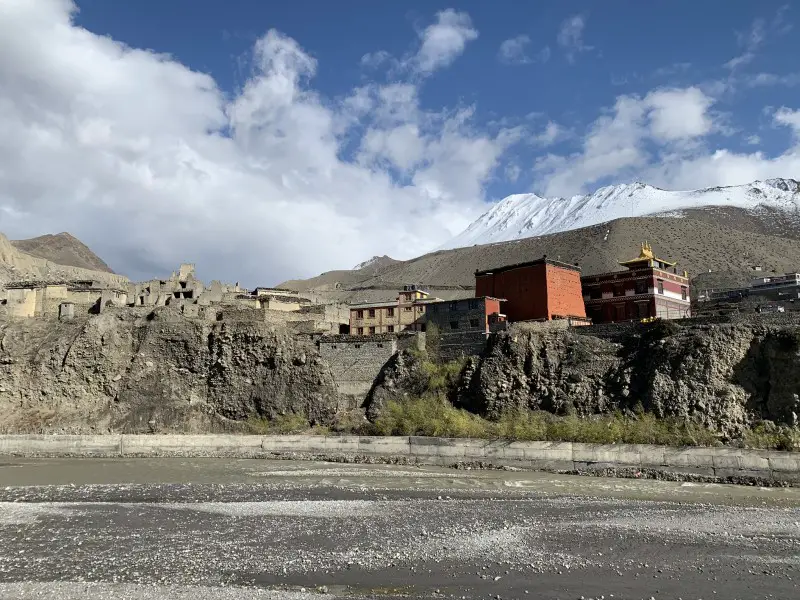
Understanding the hardships of the simple high mountain life is a great way to be more grateful for what you have. My trekking adventures in the remote Himalayas made me appreciate more the fact I was born in Poland, in a developed country in Europe. Your place of birth influences your life forever. Depending where you were born, you have a choice or don’t. It’s as simple as that. I could go to the university, earn some money and travel the world. While in the Himalayas, women of my age still carry wood in baskets hung over their heads.
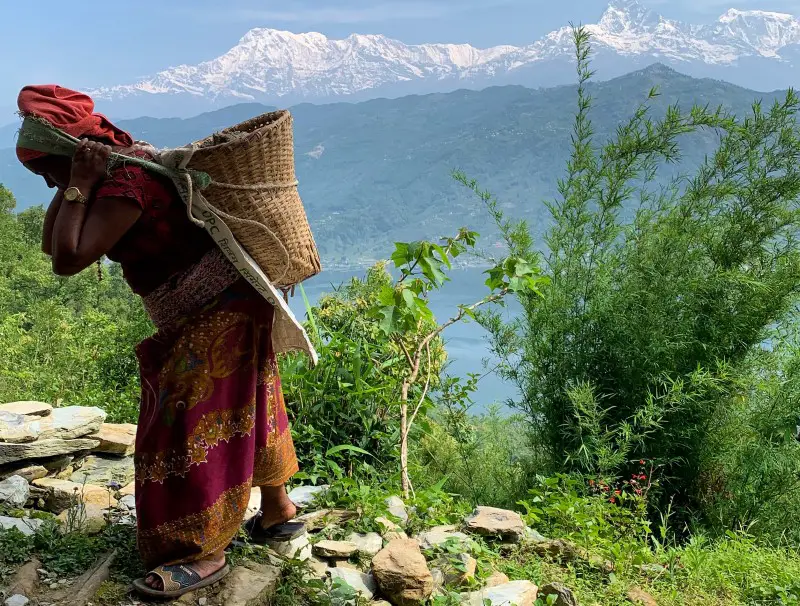
4.3. Easy accessibility
Lastly, what makes the Annapurna Circuit trek so attractive, in addition to the incredible landscapes and cultures variety, is its accessibility. You do not need to carry a tent or canned food. You just pack your backpack and go. Even if you are a woman trekking alone, it’s safe. Comfortable lodges serving delicious food are available during the entire Annapurna Circuit trek.
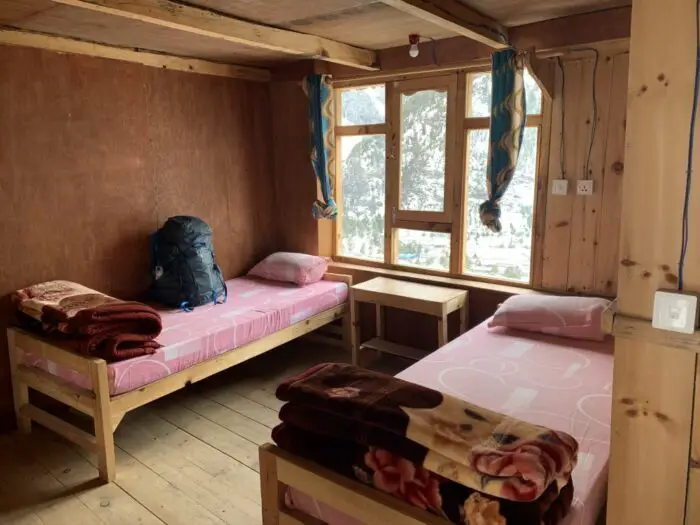
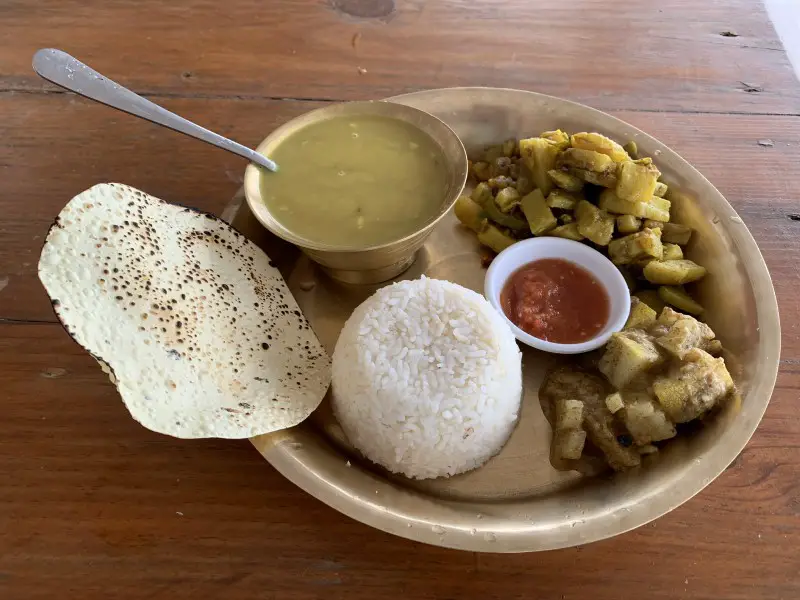
Go to “ANNAPURNA CIRCUIT – PRACTICAL GUIDE TO PLAN YOUR TREK” read more about the accommodation & food on the Annapurna Circuit trek.
5. Annapurna Circuit trek experience: what are the cons?
5.1. On a high altitude trek, it gets sometimes unpleasant
The Himalayas are the highest mountains in the world. Hiking makes you tired. At high altitudes less oxygen in the air makes you tired even faster. In lower parts of the trek it is hot and humid, whereas at higher altitudes it can be freezing. There might be no hot shower. Forget about western toilets. The Internet might not work. The altitude sickness symptoms can be very unpleasant.
If you are not prepared for all these inconveniences, you should consider whether the Annapurna Circuit trek is really something for you. There are many easier treks in the Himalayas, which do not require climbing the 5,000 m high mountain pass. A lower altitude trek will be easier, often more enjoyable but beautiful as well.
Read more about alternative lower altitude treks in the Annapurna region:
5.2. Very commercialised
On the other hand, if you dream of a big adventure in one of the most remote parts of the globe among the unspoiled nature with no other trekkers around you, Annapurna Circuit trek might not be the right option for you either. It is one of the most commercialised treks on the planet completed by thousands of trekkers every year. If you come during the main trekking season, you will always be surrounded by other foreigners. Just don’t expect the Annapurna Circuit trek to be the most remote wilderness experience and you will be good.
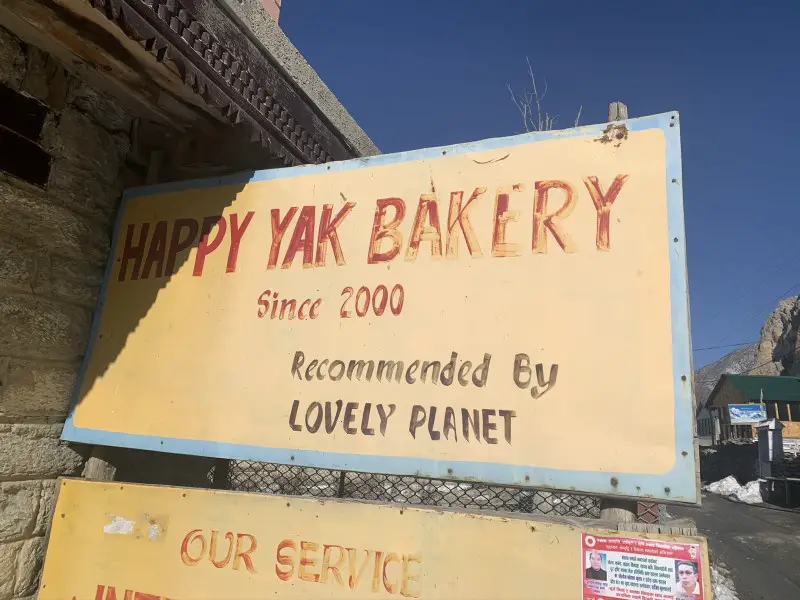
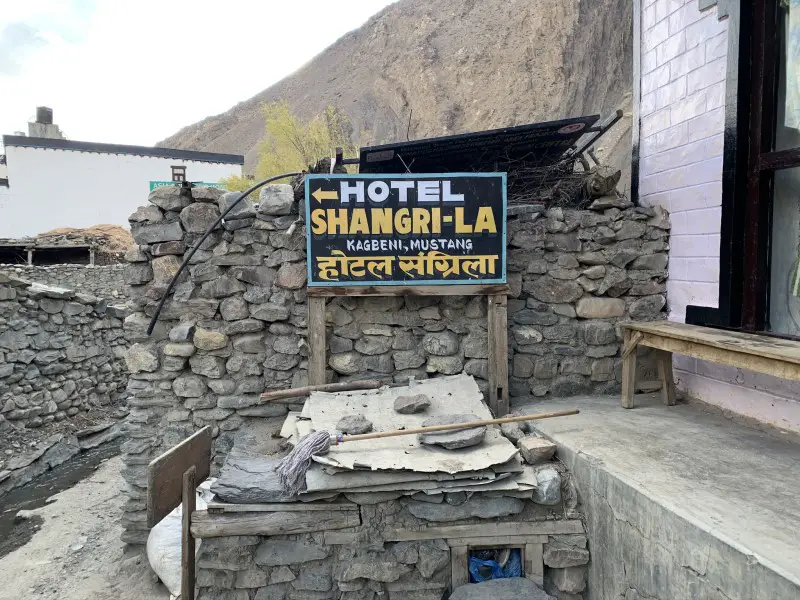
You should also not forget about the jeep road, which goes up to Manang and Muktinath nowadays. Overall, a relatively insignificant section of the current official route, provided that you decide to take new trails, goes along the dusty road. You just need to have enough time to explore newly designated trails as it requires a little bit more time and effort. The jeep road, however, cannot be completely avoided.
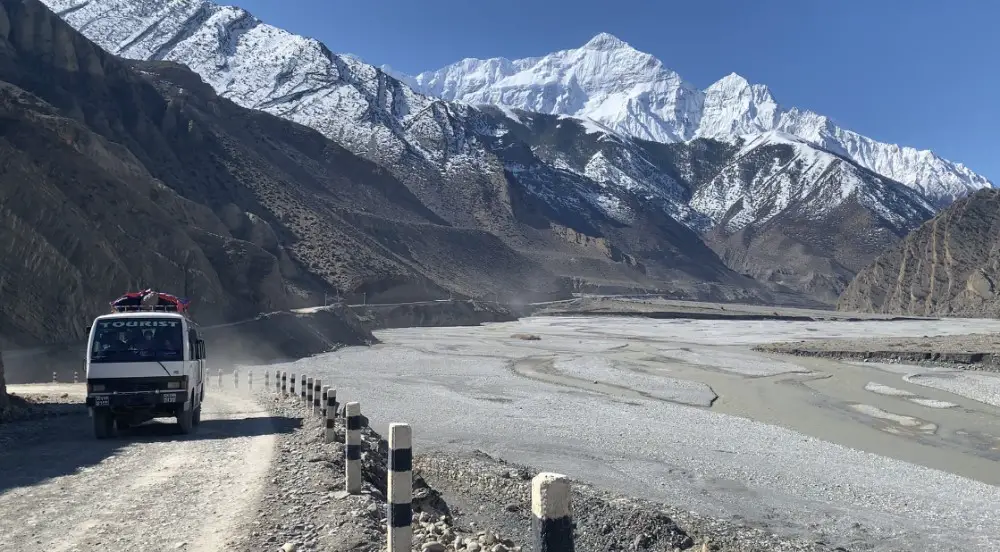
6. More about the Annapurna Circuit experience
Hope this blog post has helped answer some of your questions and cleared your doubts about the Annapurna Circuit trek. Now I’m so curious – is it something for you, are you signing up for this Himalayan adventure? If so, you can check out my other two Annapurna Circuit guides.
To read about the Annapurna Circuit trek itinerary go to “ANNAPURNA CIRCUIT TREK – DAY BY DAY ITINERARY” blog post, which covers:
- A detailed route description,
- Daily distances to cover,
- Tips on how to avoid the road to enjoy the trek.
While the “ANNAPURNA CIRCUIT – PRACTICAL GUIDE TO PLAN YOUR TREK“ includes details on:
- Best time to go and weather,
- Number of days required to complete the Annapurna Circuit trek,
- How to get to the starting point – Besisahar,
- Permits,
- Food & Accomodation,
- Internet access.
And if you are still unsure, maybe the EBC trek is more suitable for you? Check this detailed comparison of two famous trek under this link: “EVEREST BASE CAMP OR ANNAPURNA CIRCUIT – WHICH TREK TO CHOOSE?”
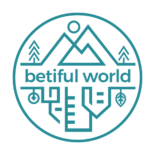
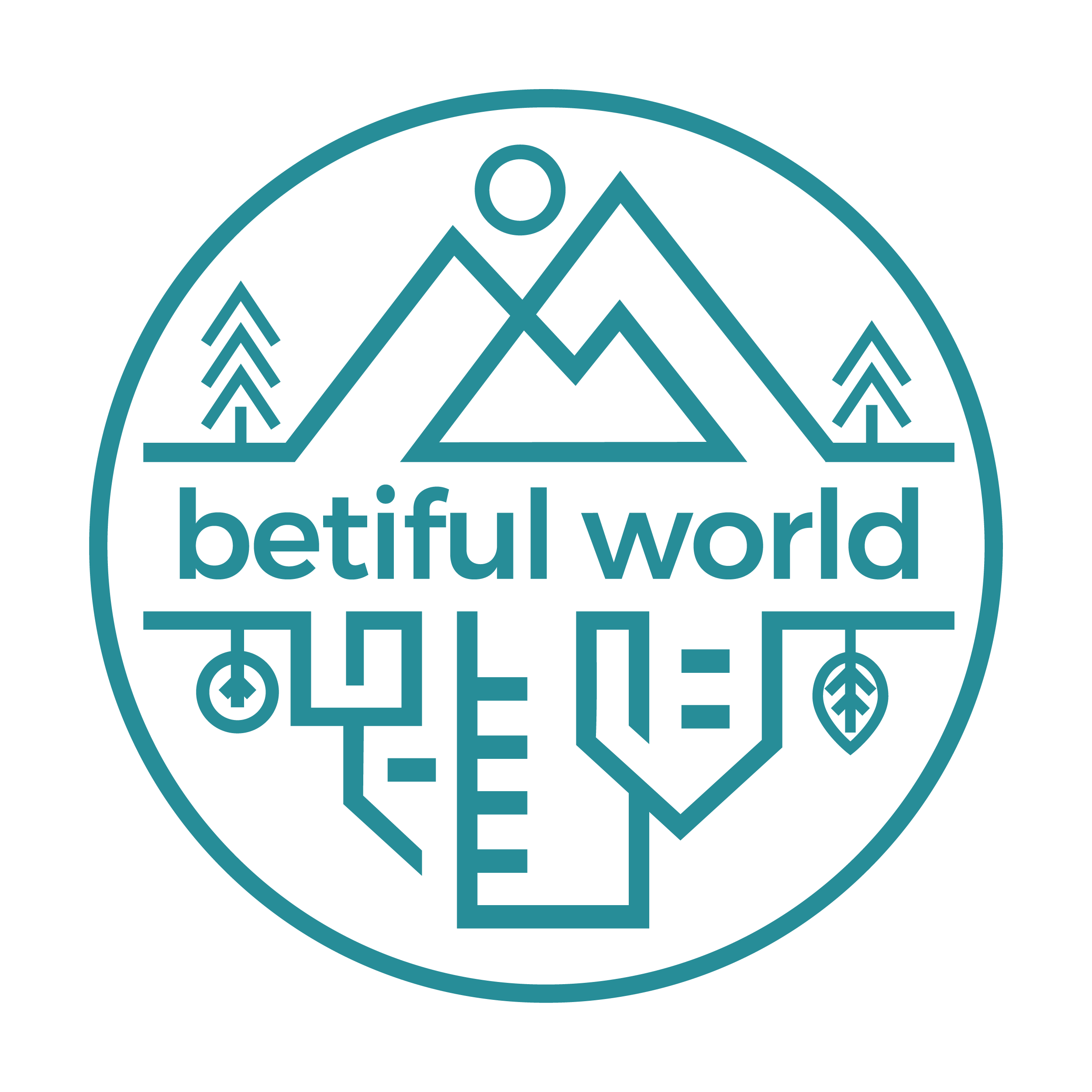


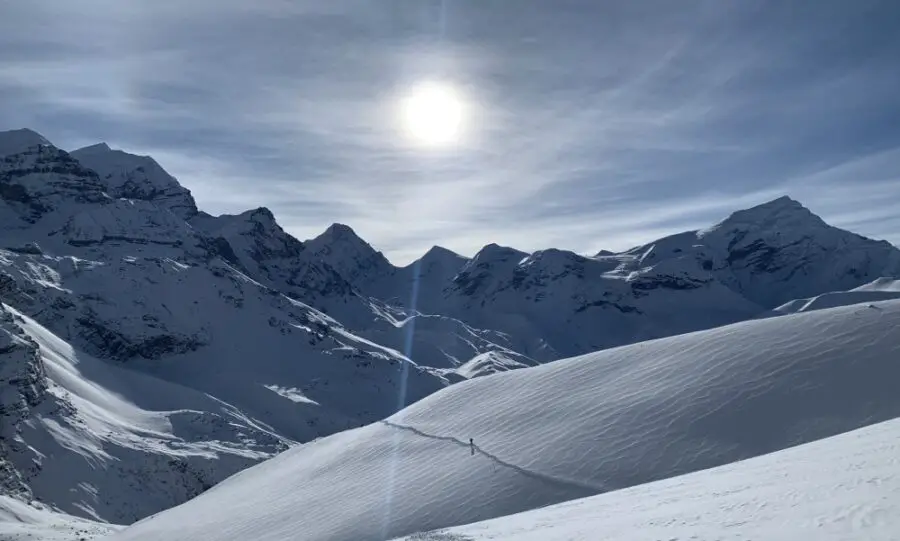

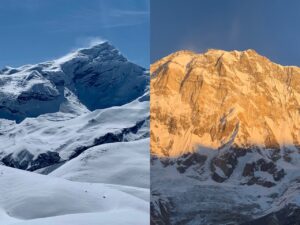
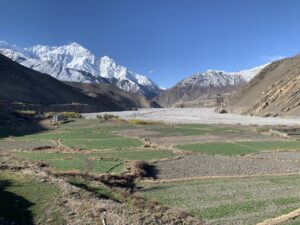
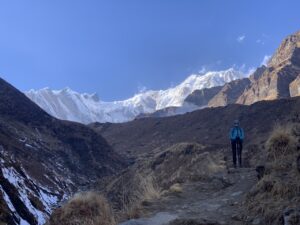
Hi Beti, thanks again for writing such a helpful blog. We did the Annapurna circuit starting 2nd week of february this year and enjoyed it very much. It was super diverse and had beautiful mountain views with on some parts pretty much snow above 3000-3500 meters. 2 remarks:
1)I don’t agree that the trekking road is always clear, especially in winter time. Because we started in feb 2022 we we’re one of the first trekkers after almost 2 years of isolaton (covid-19). If you stay on the jeeproad I agree, you would not get lost. If you try the trekking road we had to turn back 2 times because it was too dangerous, too much icy snow on the track, even with crampons, and 2nd time because of a recent landslide. Some other parts the trekking route or the steps were overgrown by bush. I have done the circuit as well in 2006 and it is always hard to compare but at that time the local people had no other option than to walk. Now most travel by jeep and if the track has not seen trekkers or tourists for almost 2 years it turns into a poorer state. That is at least how I see it.
2) I agree with you on the thing that you do not need a guide for this trek. A guide does not make it safer because the most of them have not had a proper mountaineer course or so, the main advantage is that they have walked the circuit before, mostly in another season. There is a website, missingtrekker.com, that shows statistics on trekkers who died in the Nepali mountains, it shows 50% of this group had a guide. This gives me the proof that a guided trek is not safer than one without a guide.
I might sound critical, on the other hand we had a super experience and the Nepali people we’re so sweet and super helpfull.
Hi Stefan, first of all thank you for your comment and thank you for reading my blog. This always makes me happy while constructive feedback is simply the best 🙂
I really appreciate your first point. You are totally right – the trail is NOT always very clear. Only in good weather and without any unusual circumstances – hopefully the pandemic is a part of history now, the trail is clear. Good weather conditions are a must for safe trekking. Always in all the mountains around the globe. Not sure why I have not mentioned it in this particular article, so again thank you for pointing it out – I already added a paragraph.
As for your second point – that’s so interesting! I didn’t know about the statistics. Yes, the guide is not needed for this trek. Although again certain assumptions such as previous mountain experiences, good health, and good weather should be of course considered, to state this thesis. And yes, same here Nepali people are one of the kindest humans I’ve met.
Hi Beti, thanks for the great article! Regarding your point on Guide vs No Guide, I agree… they’re absolutely not necessary to complete the circuit safely.
However, there are two points to consider here, both of which I think are very important.
(1) Most travel insurance policies will not cover you for any incidents on the trail if you don’t have an accredited guide. This is why we chose to hire a guide for the trek.
(2) Our guide would go ahead of us towards the end of the day’s hike and secure accommodation. He knew the locals in each village, and the better places to stay (they usually all cost the same either way). I can’t stress how great it was to walk into the village and be shown straight to a room. Being able to dump your bags and enjoy a drink in the sun the moment you arrive after a big day is so cool. This is especially important in peak season… we saw a lot of trekkers going from guesthouse to guesthouse, getting quite frustrated.
Hi Malakai, thank you so much for your good words and your feedback. It always makes me happy to hear the experience of others and get to know different point of views.
I completely agree with you that trekking with a guide makes your life much easier. On the other hand, finding your own accommodation, being able to chose the one that appeals to your heart the most, even if it requires a bit of hassle, can be an integral part of the adventure for some people. But I guess it depends on the type of person you are.
As for your first point, this is something I have never heard of. I have claimed my medical expenses successfully on my solo Everest Base Camp trek and never been asked by an insurer about the guide. I have always read the insurance policy carefully before all my treks in Nepal and have never came across this. I would assume it is only required for the treks, which by law require the guides (eg. in Upper Mustang). But of course, I am not a travel insurance expert. Maybe it can also depend on the country you are from and its travel insurance regulations?
We did the Annapurna..with our 3-4 & 5 yr olds back in 1990..without guides..
It for me is one of the top true all nature scenery ,easy range to not over difficult Treks we have ever done…..
From green,white back to lush green..
We never wrote our stories, but have great memories of our Indian/Pakistan/Nepal/Gangtok Treks…
Hi Nigel! Wow, it must have been epic! Trekking with kids for many days in such a magical pristine scenery. My mum brought me hiking the Polish mountains at that age and still have beautiful memories, although you can’t really compare it to what you guys did… Respect! Thank you for your comment and for sharing your experience <3
Great read, thank you.
Hi Eric! Thank you for your kind words. It’s always a great pleasure to get such a wonderful feedback. Hopefully my article helped you to plan your own Annapurna Circuit adventure 🙂
I did the annapurna circuit in 1997 a week after doing the everest base camp trek. 10 weeks total absolutely loved it did it all solo 1st holiday abroad on my own. Fantastic people very humble . Loved every minute and didn’t at any time feel unsafe…
Hi Derek, You have chosen the right destination for your first solo trip. Well done. It must have been absolutely magical! And yes, incredible, one of a kind scenery, happy people we should learn so much from and safe trails – amazing Himalayas <3 Thank you for sharing your experience!
Completed in 1989. No internet, no phones, occasional telegraph post, no cars, no roads. I don’t think I would like to see what it is like now.
Hi Laurie, oh it must have been magical. The world is changing, there is no doubt about it. We got smartphones and coffee pod machines, people of Annapurna region got a road… I’ve read the amazing book – Annapurna Circuit: Himalayan Journey by Andrew Stevenson about his Annapurna trek in the 1990s. You might like it, if you haven’t read it yet, and of course, if you enjoy reading books. Thank you for sharing your experience <3
Great Article and experience. Thank you for sharing. You can find the helpful. helpful Everest Base Camp Trekking Tips , if you are planning trip to Mt. Everest.
I wonder if anybody can give opinion what alpine route is more interesting on this trek, across Thorong pass or Tilicho lake ?